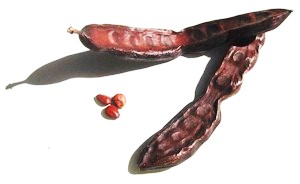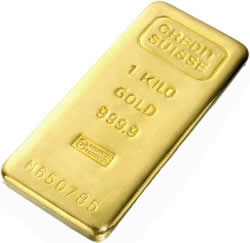Carats and Karats
What is the difference between carat and karat? Many people get them confused so let us explain the carat vs karat terms.
The term carat is used as both a unit of mass - especially for gemstones - and as a measure of purity for gold. In the United States and Canada these terms are spelled differently - as carat and karat respectively - to avoid confusion.
 The term carat originates from the Greek word kerateeon, meaning "fruit of the carob". Carob seeds were used for precision weighing of gold and gemstones, since it was thought that carob seeds had a uniform weight. The modern carat, known as the metric carat, was adopted in 1907 and defined as a weight of 200 mg. This is actually very close to the mass of larger carob seeds. One carat can be divided into 100 points, a measurement often used in the diamond trade. The term carat originates from the Greek word kerateeon, meaning "fruit of the carob". Carob seeds were used for precision weighing of gold and gemstones, since it was thought that carob seeds had a uniform weight. The modern carat, known as the metric carat, was adopted in 1907 and defined as a weight of 200 mg. This is actually very close to the mass of larger carob seeds. One carat can be divided into 100 points, a measurement often used in the diamond trade.
Interestingly, the term karat was also derived from the name for the carob seed. So how did the weight of the carob seed relate to the purity of gold, and why is pure gold defined as "24 karat"? A precise answer is not easy to find, but the connection appears to have originated from the Roman Emperor Constantine, who introduced a gold coin that was equal to 24 carob seeds in weight.
 Under the karat system of classifying gold, pure gold is 24 karat, 24 kt or 24K, 18K is 75% pure and 12K gold is 50% pure. This system is gradually giving way to the millesimal finess system, which expresses purity in terms of parts per thousand of the alloy. Thus 22K gold is marked as "916" under this system, or 91.6% gold. It is certainly a simpler and less confusing method. Under the karat system of classifying gold, pure gold is 24 karat, 24 kt or 24K, 18K is 75% pure and 12K gold is 50% pure. This system is gradually giving way to the millesimal finess system, which expresses purity in terms of parts per thousand of the alloy. Thus 22K gold is marked as "916" under this system, or 91.6% gold. It is certainly a simpler and less confusing method.
Here in Thailand, like in most Asian countries, gold is very important as a medium of exchange and a store of wealth. The Thais still use a traditional measurement of weight for gold, the "baht." This term can be a bit confusing for foreigners, since the Thai currency is also called the baht. One baht of gold is equal to 15.2 grams, slightly less than half of a troy ounce (16.2 grams).
The gemstone industry benefits from the global standardization that revolves around the carat, which is universally accepted as the unit of weight for gemstones. While we occasionally receive requests for gemstones measured in rattis, an Indian measurement where 1 standard ratti equals 182 mg, the primary source of confusion for gem dealers lies with inexperienced buyers who mistakenly perceive the carat as a measurement of size rather than weight.
Varieties of gemstones differ considerably in their density or specific gravity, and the cut also affects how large a gemstone appears when viewed face up. Always check the dimensions in millimeters when you're buying a gemstone and don't rely on the carat weight alone. |